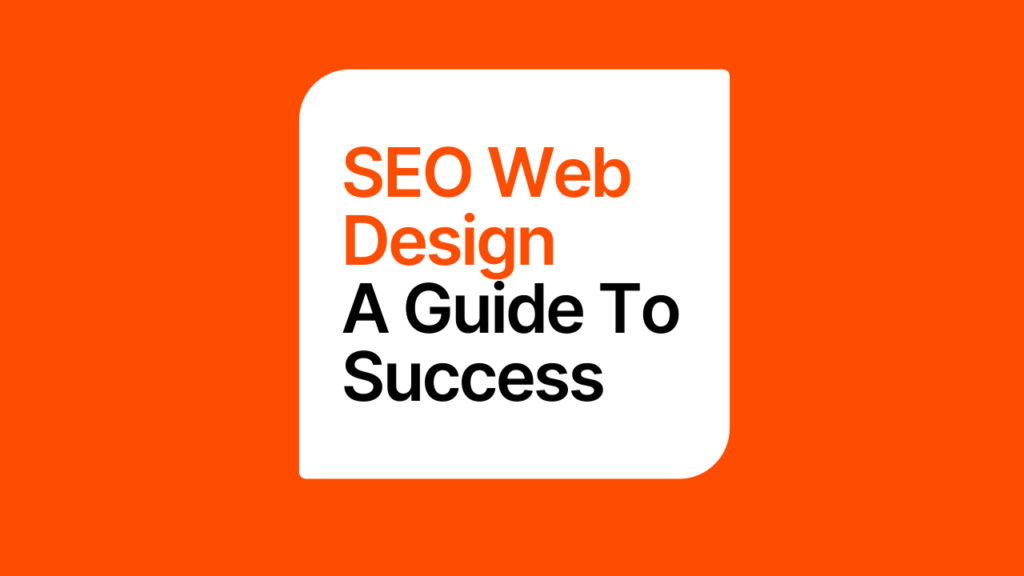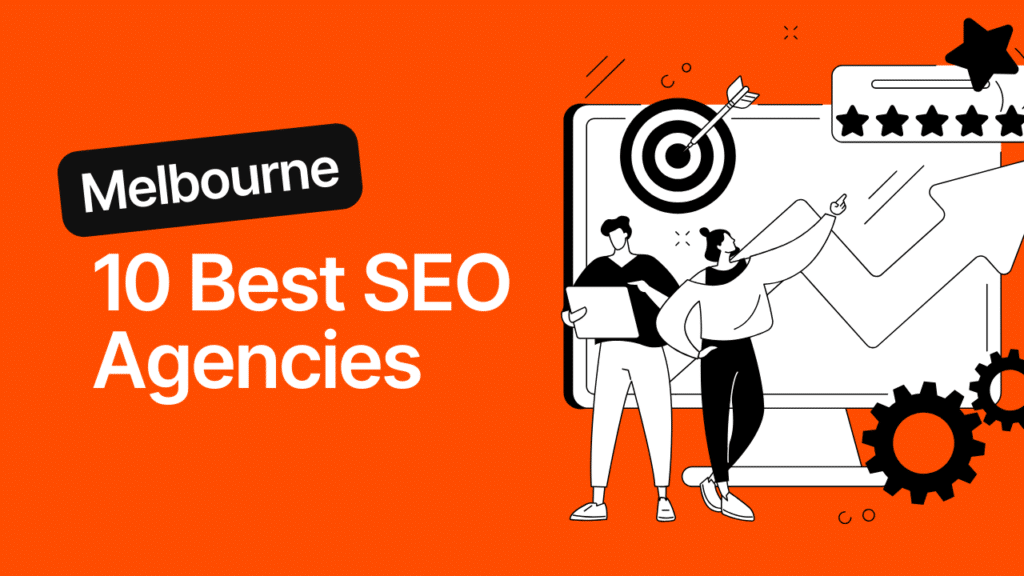
Benjamin Paine
Managing Director at Digital Nomads HQ
SEO vs. SEM: Let's explain the difference
Search Engine Optimisation (SEO) and Search Engine Marketing (SEM)
What’s the difference?
Well…
SEO is the optimisation of your website in order to improve traffic from organic search positions.
Read more on “What is SEO“.
Where as, SEM is to get traffic from both pay per click (paid search) & organic positions.
SERPs / Google search results page is broken up into several main segments.
• Paid Search
• Paid Local
• Organic Local
• Organic Search
Here’s a visual representation;

The goal of SEM is to promote across all 4 main categories depending on your business type and customers’ intent.
The goal for SEO & Local SEO is to promote both organic local “Map Pack”
And, the organic search positions.
So, yes – SEM (Search engine marketing) is a phrase used that includes both SEO & PPC.

SEO vs SEM: Main Features
SEO Overview
We know the goal of SEO is to improve organic ranking positions.
How is it done?
SEO is the creation and optimisation of content both on and throughout a website with the goal to rank in organic “non-paid” search engine positions.
Let’s talk about how we do it and the key areas of an SEO campaign.
On-Page SEO
Working through page by page, optimising content towards primary keywords which your customers are searching for. Some of the main areas that on-page SEO will tackle are;
• Title tags & Meta Descriptions (Titles are still a very strong ranking signal to Google).
• Heading Tags (H1, H2 etc..)
• URLs (Short – Descriptive urls are best)
• Content optimisation (the creation of high-quality – relevant content)
• Image Optimisation
• Internal linking
• And lastly, Keyword research.

Off-Page SEO
The process of improving your website “Authority”.
By improving and gaining signals from other websites (Backlinks), we can improve the trust to which Google perceives your business… ultimately improving its ranking.
Off-page to this day is still one of Google’s strongest ranking factors
Organic positions within search display a strong correlation to the more links/authority a website has… the higher it ranks.
Technical SEO
The “behind the scenes” of an SEO campaign.
Google, Bing and other search engines have robots that crawl and index websites, these frequently pass through when you update pages or submit new pages to your website.
The goal of the technical SEO segment is to give these search engines to correct information to which you wish to have your website indexed.
From site architecture, index vs non-indexed pages through to performance…
it’s all addressed in the technical SEO.
Content
Content is King.
You can’t rank organically if you don’t have the content to promote to your users.
By conducting keyword research and content gap analysis of your competitors, you can better determine the content required for your website.
Creating high-quality (content with “Depth”) to outrank your competition and gain you that organic ranking position.

SEM Overview
So, with SEM including both SEO & PPC… let’s talk about the PPC (pay-per-click) aspect of SEM.
Pay-per-click (PPC) is facilitated through two major platforms in SERPs
Google Ads or Bing Ads (Microsoft Ads)
The structure is an auction-based system to which companies BID on specific key terms and their placement.
So yes … it’s a bidding war!
The idea is that you can bid on a keyword to be 1st INSTANTLY
Driving traffic through to your website, forms or phone calls based on your objectives.
If you are the highest bidder on the keyword, you’ll be first
Alternatively, if you are happy to be in the “top 3” you can bid a lower amount and be part of the mix at a lower cost.
Expert Tip: Now… there is some other aspects that effect the costs and bidding. You can actually be position yourself top while paying less. Let me explain some key factors that effect PPC ad costs…
Ad Quality Score
Quality score is a metric that Google utilised to measure how strong of a match your ad is to the user searching the key term.
The metric is a number between 1-10 – by improving your quality score, you essentially receive a discount from Google being that your ad is more relevant.
The lower the score, the more you will pay.

How's Quality Score Measured
It’s calculated based on a combination of factors.
- CTR (Click through rate)
- Landing page copy and design
- Advertisement Copy & Callouts
- And relevancy…. The relevancy of the keyword being searched to the above three measured results.

Ad Copy
Perfect Segway… Ad copy!
Being that quality score is impacted by both CTR (click-through rate) and copy relevancy – Ad copy is VERY important.
Ensuring your copy speaks to the search intent, while equally being compelling enough to gain the user’s click-through will improve that quality score.
Therefore… again… reducing your ad cost.
Remember… the similar to quality score
A bad score will increase the costs…
And so does bad, irrelevant copy.
SEO vs. SEM: The Results
Let’s break down the differences between SEO & SEM (or PPC).
In terms of timeframes for return – SEO is very much a long-term game, especially if your website is new with no authority and very little content.
It takes time to establish your authority and be competitive within your industry… having said this, that doesn’t mean don’t start.
One of the most common responses we hear is
“If I don’t see the return now… then why should I invest…”
While you may invest for months or years depending on how competitive your market is, the compounding long-term results can be fantastic!
Here’s a great growth chart showing 2 year growth in organic traffic…

Here’s some statistics for you;
Firstly, the average page in the top 10 is 2+ years old (this correlates with long-term).
Businesses see an average of 2.8% increase in annual revenue from SEO investment… considering this is an average and a yearly revenue… this can become very powerful.
The average ROI for e-commerce SEO is between 700% – 900% … yes… that’s is the equivalent of a ROAS of 9.
Now as much as SEO is long-term, you can often see some “quick wins” if the industry is less competitive, you may already have established a website & you engage a team of experts.
In fact: Small businesses that invest in SEO see an average of 30%+ traffic increase within four months.
Source: Ahref & gitnux
How does SEM differ?
Well, you can start seeing results straight away.
By setting up your Google Ads account, creating an ad and investing a daily, weekly or monthly budget, your campaign can be live within hours.
Meaning that you can start generating, relevant – intent-based searches through to your website today.
Now…
This doesn’t mean that you’ll instantly start making a profitable return – or a positive ROI.
PPC gets better with time, gets better with data and better with testing.
So, while you may make a return on day one (in some rare cases) you can also continue to improve this over time – and yes… it’s faster than SEO.
NOTE: Remember, when you turn Google Ads off… you traffic goes with it. When you turn off you SEO campaign – it doesn’t.

SEO vs SEM: How Much They Cost
“Free traffic vs paid traffic…right?”
Well, not quite.
SEO definitely has a cost… and it can be expensive, especially if you’re in an industry that is aggressive (like ours).
Content creation (Expert, copy written content… not batched AI)
Development (Ensuring an engaging, responsive experience)
Design & Imagery (From content through to graphics, icons or infographics to better convey your messaging with visual aid)
Link Building & Overall Site Authority Building… (This isn’t cheap… with companies like Hoth charging $325 per placement for DA50+ links) Imagine requiring 50-100 links to be competitive in your niche.
SEO Management fees (this ranges from cheap $300p/m management through to highly credible expertise between $1500 – $5000p/m… you know the saying, “pay peanuts get…”).
These costs do add up.
So why invest in SEO?
With SEO, once you rank… you’re pretty much set!
It’s an upfront investment that takes much less investment once you have established strong keyword positions.
Along with this, once you have obtained strong positions, it is equally easier to obtain more.

In contrast – SEM (PPC)
Your spending money upfront, but you equally know that you’ll see some results from this – whether it breaks even or profit, is another thing – but at least you know how much is being spent.
You can set keyword bidding limits and account spend caps to ensure every week or month you stick within your marketing budget allocated.
Short term – PPC is cheaper than SEO.
Long-term – SEO has a better return than PPC.

What should you choose? SEO or PPC
New business, start-up or large enterprise… where should you focus you digital marketing investment?
Do you invest up front into an SEO campaign for the long term success, or join the bidding war in PPC with a goal to make a “quick buck”?
When to choose SEO
You have resources
If you have additional resources in the early stages of your business setup, learning the ropes of SEO, investing time into content and distributing your business throughout directories is a great use of time.
Aside from time, this strategy will give you SEO growth without investment upfront.
Thinking "long-term"
If your business is in a position where it can wait 6-12 months for new lead acquisition, then play the long game!

When to choose PPC
Marketing budget allocated (and its strict)
Working in a larger business marketing budgets can be a little more ridged
– Having set monthly budgets within PPC ads may be more appealing, making it predictable on your monthly investment (and in most cases, clicks and conversions for your spend also).
Self-manage your campaigns
Management fees are no joke… they can be expensive depending on the agency or consultant fee structure.
From monthly retainers, $500-1000p/m or the percentage model of Ad spend between 5-15%
Either way for a small business looking to invest $30 – $40 per day ($900-1200p/m) spending the additional $500-1000 on fees can impact that opportunity to generate a return.
Now that doesn’t mean they aren’t worth the investment…
I have seen 100s of companies transition to an agency and seen fantastic returns, with reduced conversion costs – especially if you’re investing $200-500p/d having an expert oversee the campaign and implement the previously mentioned optimisation (bid saving) techniques…. It’s worth it.
But…
If you can manage internally, yourself or a department to do so, then it may just be a persuading factor.
When to combined them in SEM
If you have the budget, time, resource or looking to be aggressive in your marketing, then both SEO and PPC can yield fantastic return.
Watch our recent video with myself (Benjamin Paine) & of Head of SEO talking on SEO vs SEM;

"Inside the agency" A Digital marketing podcast
Tune in to our weekly Youtube and Podcasts discussing industry changes, news & hot topics across all digital marketing channels.







